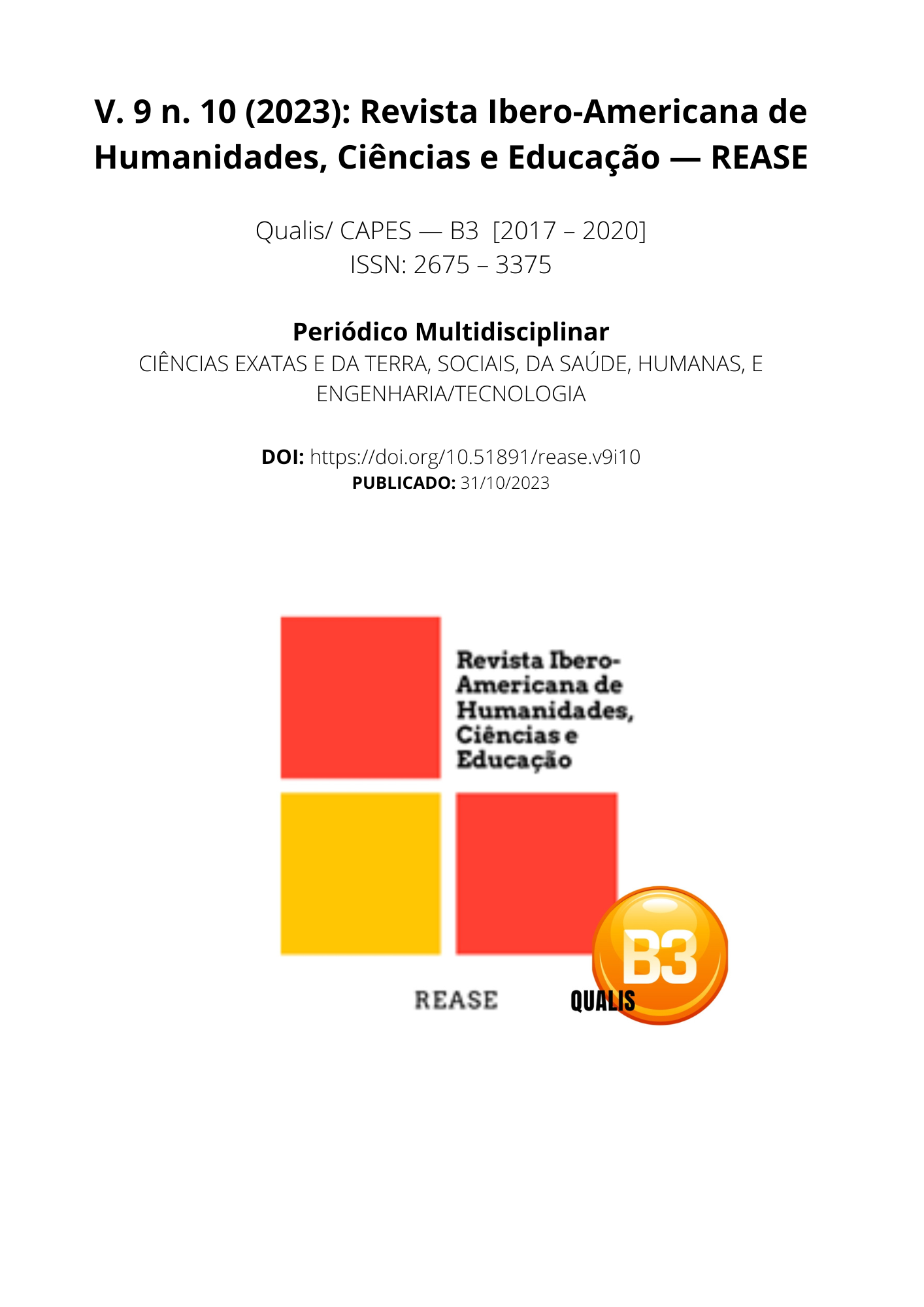VIOLAÇÃO DE DADOS PESSOAIS EM INSTITUIÇÕES BANCÁRIAS: A IMPORTÂNCIA DO COMPLIANCE COMO MEIO DE CONTROLE INTERNO
DOI:
https://doi.org/10.51891/rease.v9i10.12206Palavras-chave:
Compliance. Dados Bancários. Instituições Financeiras. Lei Geral de Proteção de Dados. Violação Dados Pessoais. Controle Interno.Resumo
O presente artigo aborda a crescente preocupação com a violação de dados pessoais em instituições bancárias, destacando a importância do compliance como meio de controle interno para mitigar tais ameaças. A pesquisa fundamenta-se em um extenso levantamento bibliográfico que inclui legislações pertinentes, doutrinas especializadas, artigos científicos e análises de plataformas digitais. O objetivo primordial é contribuir para o debate sobre a proteção de dados pessoais dos usuários, fornecendo insights valiosos sobre a necessidade de medidas efetivas para garantir a privacidade e a segurança dos dados coletados. O artigo enfatiza a urgência de uma fiscalização rigorosa para coibir possíveis abusos e violações da lei, considerando as implicações legais e éticas envolvidas. Ao explorar a interseção entre compliance, proteção de dados e fiscalização, a pesquisa busca não apenas identificar os desafios existentes, mas também propor soluções proativas para fortalecer a integridade dos sistemas de informação nas instituições bancárias, promovendo assim um ambiente mais seguro e confiável para os clientes e usuários em geral.
Downloads
Publicado
Como Citar
Edição
Seção
Categorias
Licença
Atribuição CC BY

